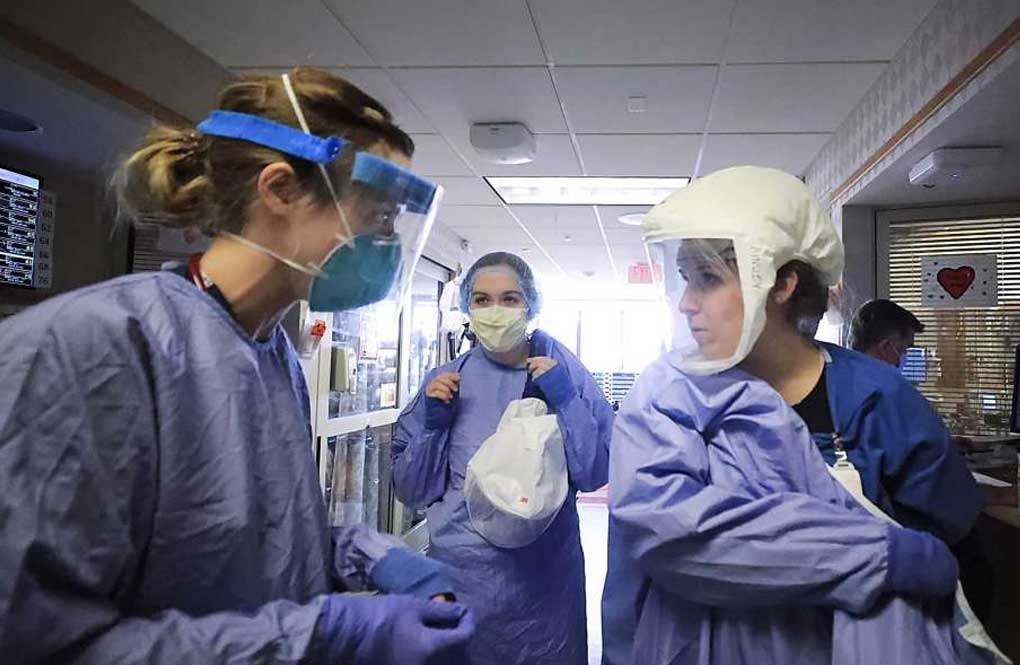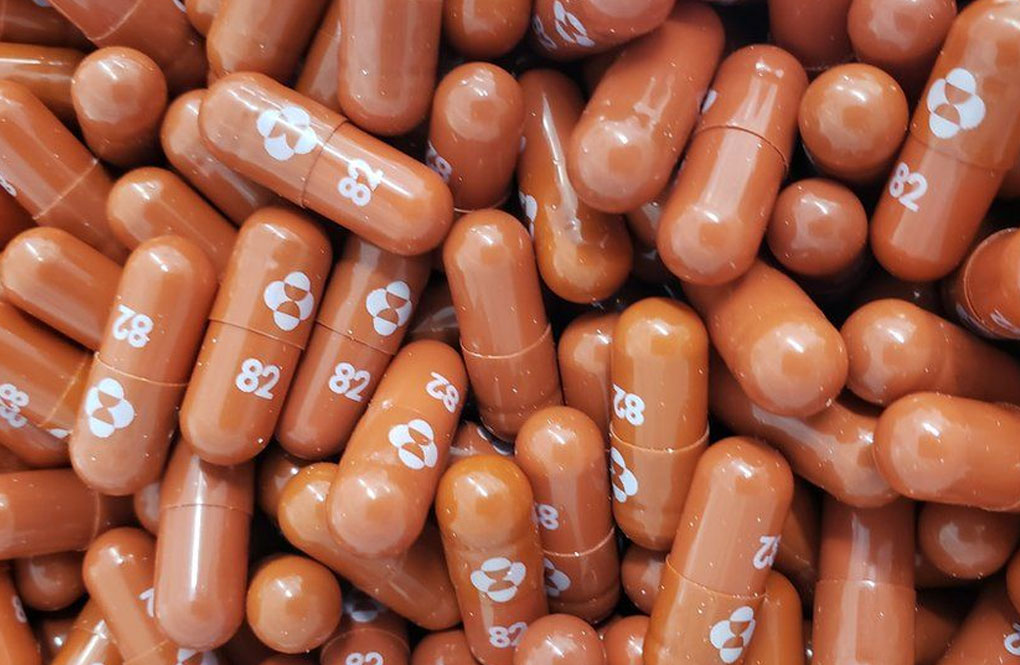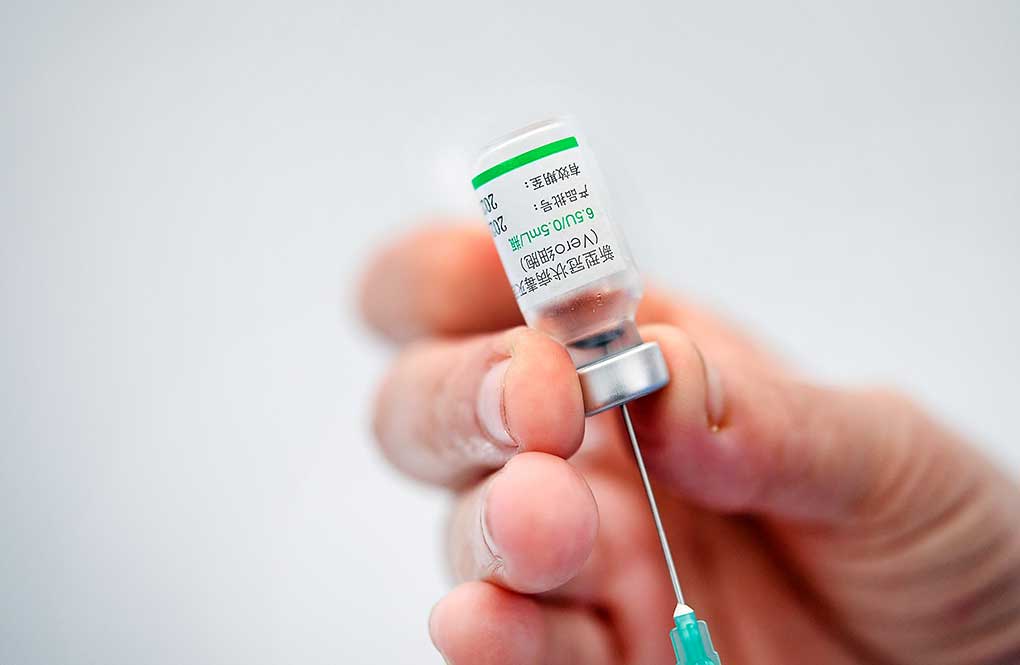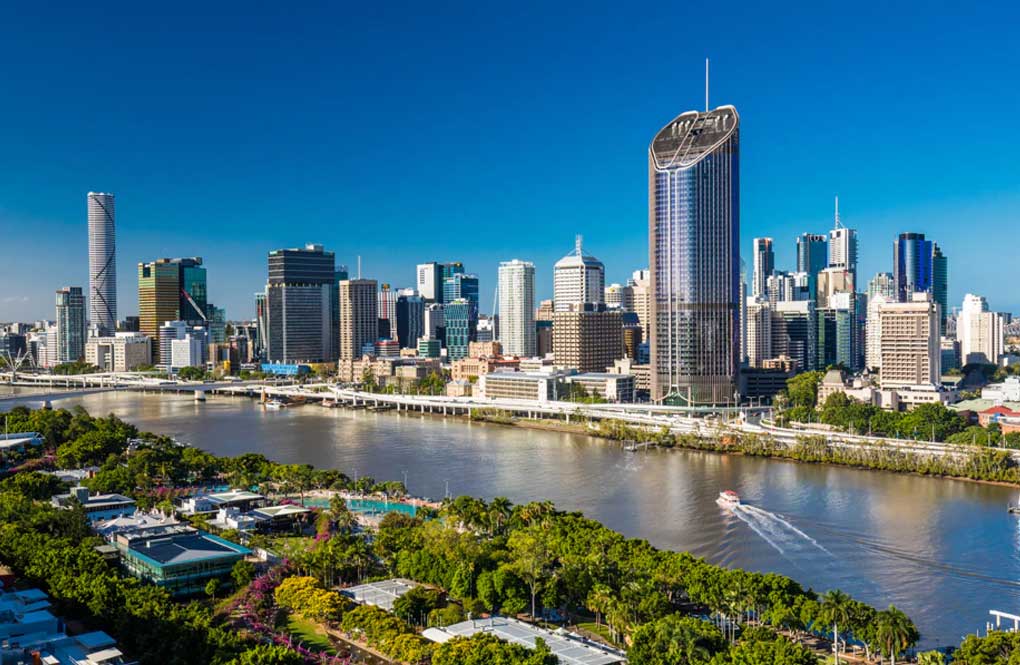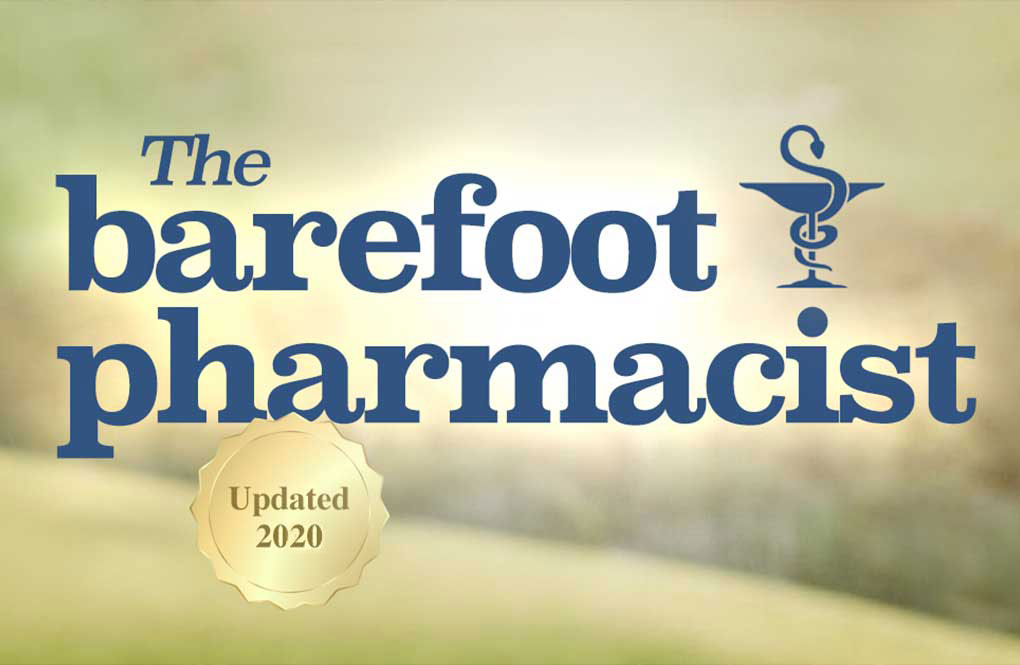NSW is six weeks away from the most intense pressure ever placed on its intensive care systems as health care workers brace for a “difficult and exhausting” period ahead.
However, modelling from the Burnet Institute reveals even at the pandemic’s worst phase for the hospital system – expected in late October and the first half of November – authorities don’t believe ICU occupancy will reach anywhere close to the surge capacity of 1550 patients.
“You may be moved to a different hospital than the one closest to your home. You may have slightly different surroundings to what you would normally,” Premier Gladys Berejiklian said on Monday.
“But the bottom line is anyone who needs that care will receive it.”
The modelling suggests case numbers will continue to increase until mid-September in COVID-19 hotspots, reaching up to 2000 cases per day.
The flow-on effect of those case numbers on hospitals and ICUs will follow, with up to 3900 patients expected to need hospital admission.
By the time of the greatest stress in late October, three in five ICU patients could have COVID-19.
The estimated peak of patients in ICU is 947, of whom 560 would be COVID-19 patients and 387 have other ailments.
At that point, some ICU patients will be treated in other spaces like operating theatres. Doctors and healthcare workers will be caring for a larger number of patients than usual.
Some critically ill patients, who would be in intensive care were it not for the pandemic, will be treated outside intensive care units.
By November, hospitalisation numbers will start to fall, a side effect of increased vaccination coverage.
The modelling shows ICUs in South Western Sydney, Western Sydney, Nepean Blue Mountains and Northern Sydney Local Health Districts are already approaching capacity.
The Australian Paramedics Association says the government also needs to employ more paramedics and staff in the emergency departments to deal with the looming crisis.
“It is all well and good that they have a plan for when intensive care units become overburdened with patients … but what about the emergency departments”, NSW APA vice president Scott Beaton told the ABC on Tuesday.
“People will be dialling triple zero and there won’t be ambulances available because they will all be stuck sitting out the front of hospitals with patients onboard.
“The crisis is getting to point where in the next two to three weeks … we won’t be able to move patients into hospitals,” he said.
AMA NSW president Danielle McMullen says the government must also consider the impact on patients needing non-COVID-19 care.
“The decision to suspend elective surgery, and changes to other non-COVID service provision in public and private hospitals, is significantly impacting patients needing access to care and must be balanced with a plan on how to address patient needs in the coming months,” she said on Tuesday.
“Patients who aren’t able to go back to work or are in chronic pain because they need elective surgery will be left behind when we start to open up.”
Some 177 COVID-19 patients are now in intensive care, with 67 on ventilators. There are 1071 COVID-19 patients in hospital in NSW.
NSW reported 1281 new locally acquired cases of COVID-19 and five fatalities on Monday, taking the death toll for the current outbreak to 131.
Intensive care doctor Nhi Nguyen, who helped devise the state’s pandemic ICU strategy, said her colleagues were worried.
The coming months will be “difficult and exhausting” for health care workers, and the projected numbers look “challenging and frightening”, she said.
“We know that without vaccinations, and without the public health orders, the numbers would be much worse.”
(AAP)

